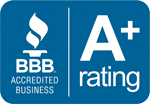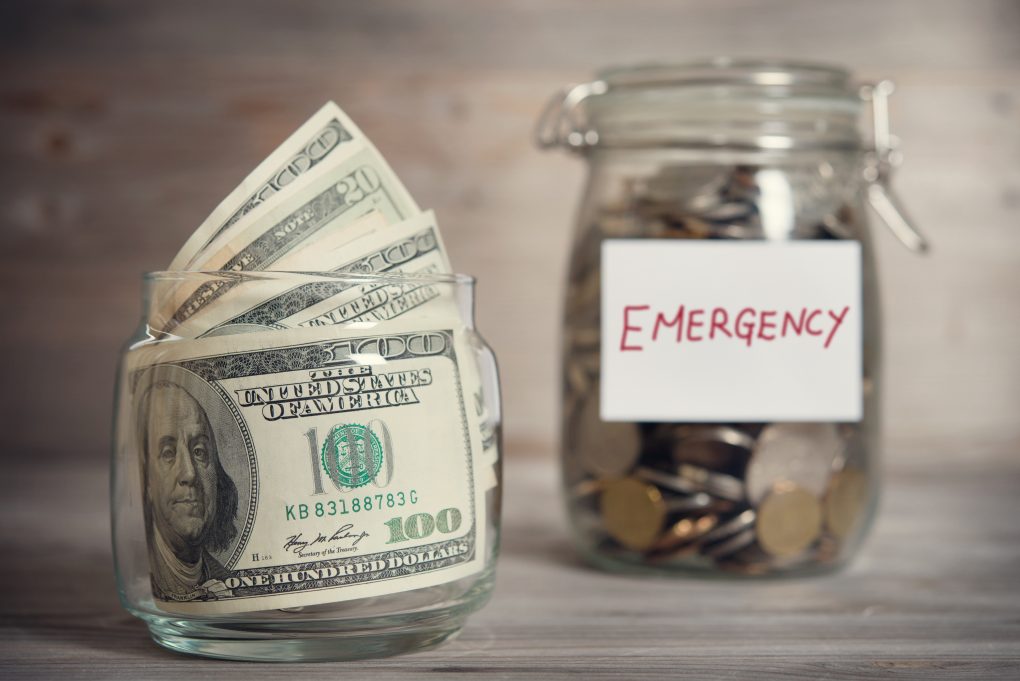Four in every 10 U.S. households can’t cover an unexpected expense of $400, according to the Federal Reserve’s recently released “Economic Well-Being of U.S. Households Report.”
Most personal finance experts recommend having an emergency fund worth between three and six months’ worth of household expenses.
For the median household, that translates to roughly $10,000 to $20,000 in liquid reserves to handle things like medical emergencies, unemployment, illness or injury or the quick repair or replacement of a car needed to get to work. But even a much smaller amount can provide an invaluable cushion.
If you are among the 40% of families with $400 or less at hand for emergencies, it’s time to take immediate action. Here are some things you can do:
- Establish a savings account and fund it with what you can today.
- Pay yourself first. Try to bank 10 to 20% of your next paycheck, and every check after that until you have met your savings goal.
- Consider a one-month “no-spending challenge.” Commit to brown-bagging your lunch at work, and cooking at home. Reduce spending to groceries and gas to get to work and back. Transfer what you save from eliminating restaurant bills into savings every week.
- Cancel or roll back the cable bill.
- Switch to a cheaper cell or data plan – at least temporarily.
- Roll back 401(k) contributions for a few months.
- Trade down to a less expensive car, if possible. Bank the proceeds.
- Sell old cell phones and laptops. Sites like Gazelle.com, NextWorth.com and Swappa.com provide ready markets to buy and sell used electronics.
- Be a “mystery shopper.” There are some scams out there, but reputable mystery-shopper providers include IntelliShop, Sinclair Customer Metrics and BestMark. Don’t pay a fee in order to become a mystery shopper. That’s a tell-tale sign of a scam.
- Drive for Uber or Lyft. Lyft drivers earn an average of $377 per month, and Uber drivers average $364, according to research from consumer lender Earnest.
- Deliver goods. You can deliver groceries, meals and other goods via Instacart, UberEats, AmazonFlex or Postmates. You get paid per trip and may earn an occasional tip. These gigs rarely pay much once you account for vehicle wear and tear, but they can help get money in your emergency fund, fast – and if you don’t have an emergency fund, that’s what you need right now.
- Rent out a spare bedroom.Websites like Airbnb.com make it easy to rent out a spare bedroom to carefully screened travelers. Airbnb vendors average $924 in earnings per month, according to Earnest.
- Care for pets. Become a pet-sitter or dog-walker on sites like Rover.com or Care.com. You may be able to earn $15-$40 for drop-in visits to feed and care for a dog or cat, and more for walking a dog, remaining overnight or boarding a cat or dog at your home.
Where to put your savingsDon’t take risks with your emergency fund. The most important things for an emergency fund account are safety and liquidity. You should be able to quickly access the money with little hassle, paperwork or delay. The best vehicles for emergency fund savings include:
- Checking accounts
- Saving accounts
- Money market accounts
- Cash value life insurance
Tip: Don’t rely on credit cards: When the economy sinks, credit card issuers cancel many accounts – just when you’re most likely to need them.
Also, strive not to use IRAs or other retirement accounts as your emergency cushion. It may take a few days to get the money from these accounts, and there may be taxes and penalties on the withdrawals, too.




